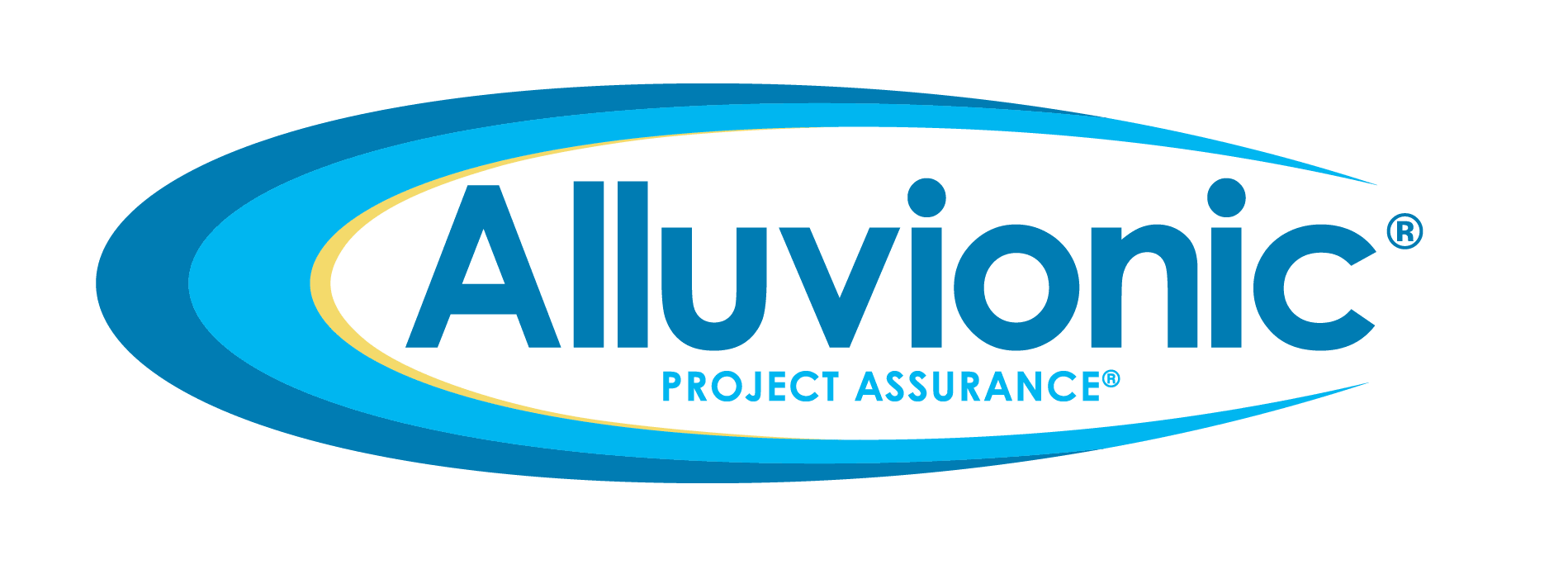Home » ISO 9001 Maintenance & Renewal
ISO 9001 Maintenance & Renewal
Ongoing ISO 9001 Support and Best Practices
- ISO 9001 requires ongoing maintenance to stay certified, not just initial approval.
- Certification lasts three years, with annual surveillance audits and a recertification audit in Year 3.
- Core maintenance activities include internal audits, documentation reviews, corrective actions, and management reviews.
- Ongoing staff training and awareness ensure everyone understands their role in quality.
- Continuous improvement through small, measurable changes strengthens your QMS.
- Risk and opportunity reviews help organizations stay proactive and adaptable.
- Tools, clear ownership, and scheduled maintenance make compliance manageable.
- Alluvionic provides expert guidance, interim health checks, and support for audits and recertification.
- Proactive maintenance keeps your QMS effective, audit-ready, and a competitive advantage.
Stay audit ready. Get expert help today.
ISO 9001 Maintenance & Renewal Made Easy
Earning your ISO 9001:2015 certification is a major milestone, but it’s not a one-time effort. Maintaining a healthy Quality Management System (QMS) is a living commitment to quality and continuous improvement. But between running daily operations and managing people, compliance tasks can sneak up on even the most organized teams. This page walks you through what’s required to keep your ISO certification active and offers practical tips to make
it manageable.
The ISO 9001 Renewal Cycle
ISO 9001 certification doesn’t last forever. Every three years, organizations must undergo a recertification audit to stay certified. Between those full audits, you’ll face annual surveillance audits conducted by your certification body. These checkups ensure you’re still meeting the standard and making continuous improvements.
Here’s how it breaks down:
- Year 1: Surveillance Audit
- Year 2: Surveillance Audit
- Year 3: Recertification Audit
Letting your QMS gather dust until recertification time isn’t an option. Proactive maintenance is key.
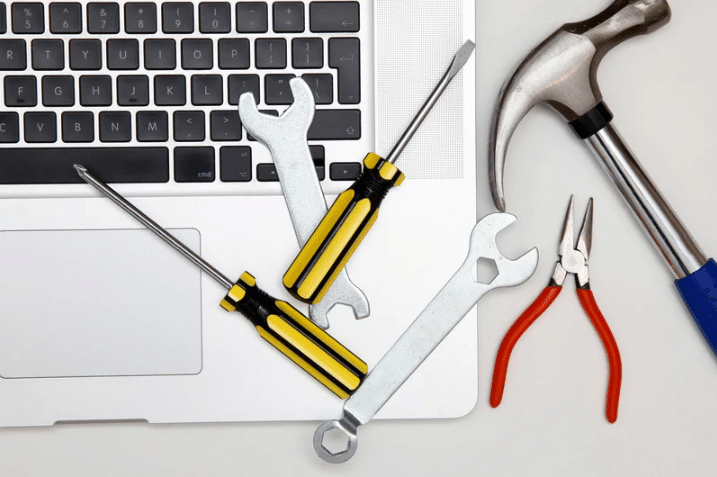
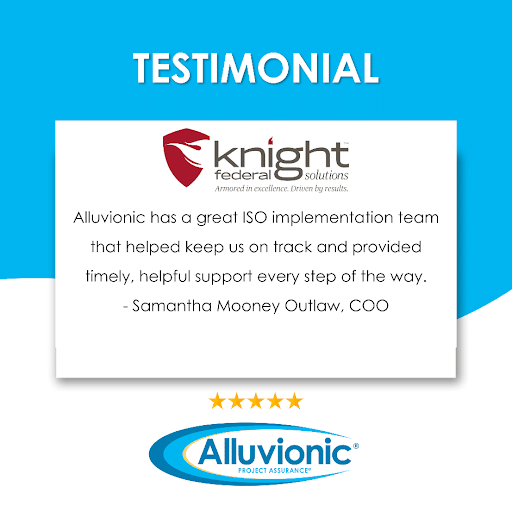
What’s Required to Stay Compliant
Maintaining ISO 9001:2015 certification is about building a quality-focused culture. Staying compliant means embedding the standard’s principles into your everyday operations. Below is a breakdown of the core elements you need to maintain and what they look like in action.
Internal Audits
What’s expected:
Organizations must conduct internal audits at planned intervals to verify that the Quality Management System (QMS) conforms to ISO 9001 and is effectively implemented and maintained.
What it looks like in practice:
Think of internal audits as “practice inspections” before your official surveillance or recertification audits. They should cover all aspects of your QMS across the audit cycle—not just the “easy” areas. Audits can be performed by trained internal staff or third-party experts (like Alluvionic).
Example:
If your organization manufactures electronics, you might schedule Q1 to audit purchasing procedures, Q2 for production planning, and Q3 for quality inspection records.
Tip:
Use a rotating audit calendar and assign ownership to different departments. Smartsheet or similar platforms can track tasks and findings in real time.
Regular Documentation Reviews
What’s expected:
ISO 9001 requires that documents be controlled, current, and relevant. Policies, work instructions, procedures, and forms must be reviewed periodically to ensure accuracy and effectiveness.
What it looks like in practice:
Schedule document reviews quarterly or semi-annually. Each document should have a last-reviewed date and an assigned owner responsible for updates.
Example:
An outdated customer complaint procedure that still references a retired software system could cause confusion and nonconformance. Regular reviews catch issues like this early.
Tip:
Use version control and change logs. A shared drive or document control software helps ensure only the most current versions are used.
Corrective Action Management
What’s expected:
When something goes wrong, corrective actions must be documented, root causes identified, and fixes implemented and verified.
What it looks like in practice:
Corrective actions go beyond quick fixes—they show you’re improving your system, not just patching problems. Track actions with due dates, responsibilities, and follow-ups.
Example:
If a delivery error occurs due to a mislabeled part, a corrective action might include revising label design, retraining warehouse staff, and updating the labeling SOP.
Tip:
Auditors look for evidence of follow-through, not just acknowledgment. Close the loop with verification records and “effectiveness checks” several weeks after the fix.
Management Reviews
What’s expected:
Top management must review the QMS periodically to ensure it remains suitable, adequate, and effective. This is a required formal process—not just a casual check-in.
What it looks like in practice:
These meetings (often annual) should review customer feedback, audit results, performance against objectives, changes in context, risk reviews, and opportunities for improvement.
Example:
A year-end management review might uncover a trend of increasing supplier complaints. Leadership might then prioritize updating the supplier evaluation process.
Tip:
Document the agenda, meeting minutes, and action items. Keep records organized in case auditors want to review previous meeting history.
Refresher Training and Awareness
What’s expected:
All personnel affecting product or service quality must be aware of how their role contributes to quality objectives. Training should be ongoing—not just a one-time event.
What it looks like in practice:
Offer training during onboarding and repeat it annually. Include ISO basics, how to read a work instruction, and how to report nonconformances.
Example:
You may run quarterly toolbox talks or lunch-and-learns focusing on different QMS elements like risk awareness or document control.
Tip:
Track attendance, topics, and trainer qualifications. Store records digitally for easy retrieval during audits.
Demonstrating Continuous Improvement
What’s expected:
ISO 9001 emphasizes that organizations must continually improve the suitability, adequacy, and effectiveness of the QMS.
What it looks like in practice:
You don’t need dramatic overhauls. Small, measurable improvements count—like reducing defect rates, optimizing inspection processes, or implementing customer survey feedback.

Example:
After noticing frequent late deliveries, a company adds an automated order tracking tool. Over six months, on-time delivery improves by 12%.
Tip:
Track trends in KPIs like on-time delivery, complaint resolution time, or process cycle efficiency. Highlight improvements in your next management review or audit.
Risk and Opportunity Reviews
What’s expected:
Organizations must identify risks and opportunities that could impact the QMS, plan responses, and integrate those into broader planning.
What it looks like in practice:
This shouldn’t be a one-time event. Include risk reviews in regular strategy or leadership meetings. Maintain a living risk register that gets updated as things change.
Example:
A growing customer base might present an opportunity for expansion—but also a risk if your current team can’t meet demand. A proactive training plan addresses both sides.
Tip:
Use SWOT analysis in planning sessions. Document how you’re mitigating risks and seizing opportunities with action plans and timelines.
With these elements in place and practiced consistently, you’ll not only pass audits, you’ll build a smarter, more responsive organization. And if you need an extra set of hands? Alluvionic’s certified ISO experts can step in at any stage to help manage or optimize your maintenance efforts.
Tips & Tricks to Stay on Track
Let’s face it—nobody gets excited about compliance checklists. But the right habits and tools make a big difference. Here’s how to make ISO maintenance feel less like a burden:
- Use Digital Tools: Tools like Smartsheet (which Alluvionic supports) are great for setting reminders, tracking tasks, and keeping documentation organized.
- Assign Clear Owners: Each ISO clause or section should have an assigned “champion” responsible for updates and audit prep.
- Calendar Blocking: Block off time quarterly for ISO maintenance tasks—audits, reviews, document updates, etc.
- Annual ISO Health Checks: Consider third-party health checks in off years to catch gaps early. Alluvionic offers these to help you avoid surprises at your next audit.
Template Use: Don’t reinvent the wheel. Use proven tools and templates for audits, corrective actions, and reviews. Alluvionic clients benefit from simplified, customizable resources.

When to Call in the Experts
Even the most capable teams hit bandwidth walls. That’s where expert support becomes invaluable. Consider bringing in help for:
- Internal Audits: External auditors bring fresh eyes and unbiased assessments.
- Recertification Prep: Alluvionic can run a gap analysis and prepare a tailored action plan.
- Training Workshops: Keep your team aligned and engaged with targeted training from ISO-certified professionals.
- Documentation Overhaul: If your QMS files look like a filing cabinet exploded, it might be time for a cleanup project.
Alluvionic performs interim health checks between recertification years to ensure clients remain compliant and audit-ready.
Why Choose Alluvionic?
Alluvionic makes ISO 9001:2015 maintenance simple, strategic, and stress-free. Our experts bring:
- Certified ISO Professionals with hands-on experience across sectors.
- Project Assurance to keep your QMS aligned with business goals.
- Customized Guidance based on your current state and future objectives.
- Maintenance Support Services to ease the load between audits.
We’ve helped countless organizations not only stay certified—but use ISO as a competitive advantage. Whether you’re navigating a renewal or tightening up your processes, we’re ready to help.
Ready to Simplify ISO 9001 Maintenance?
Contact Us to schedule your ISO health check
ISO certification doesn’t have to feel like a second job. With the right plan and the right partner, you can keep quality high without the stress.
Read The Latest Process IMprovement NEWS
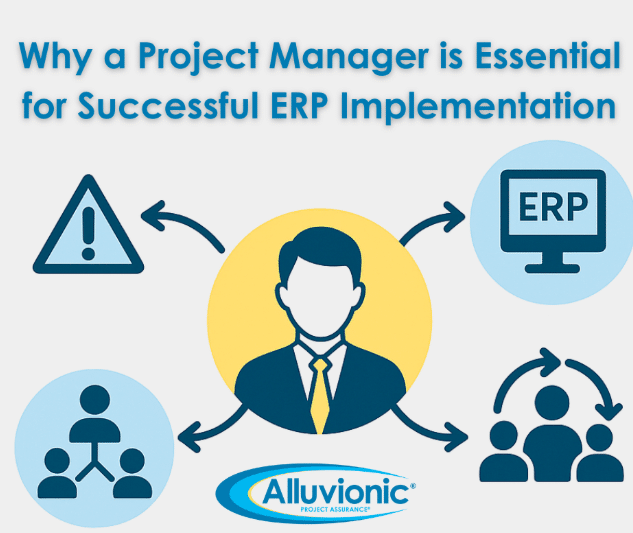
Why a Project Manager is Essential for Successful ERP Implementation
The Role of a Project Manager in ERP Implementation Implementing an ERP (Enterprise Resource Planning) system is no small feat. ERP systems integrate core business functions, from finance and operations
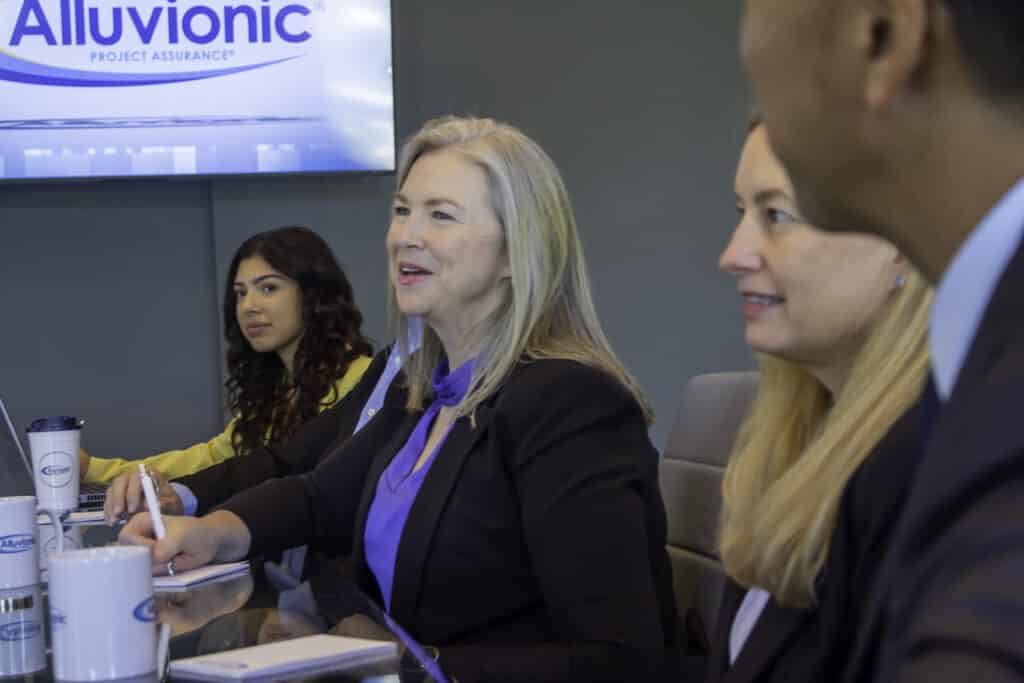
Making Change Work for Real Teams
Change. That little word that sparks excitement in leadership meetings and fear in just about everyone else. That’s where Organizational Change Management (OCM) comes in. More than just a buzzword,

How BAC Achieved ISO 9001 and AS9100 Certification with Alluvionic’s Support
Brevard Achievement Center (BAC), a nonprofit that helps people with disabilities through job training, employment, and community programs, wanted to improve how they work and grow their business by earning
